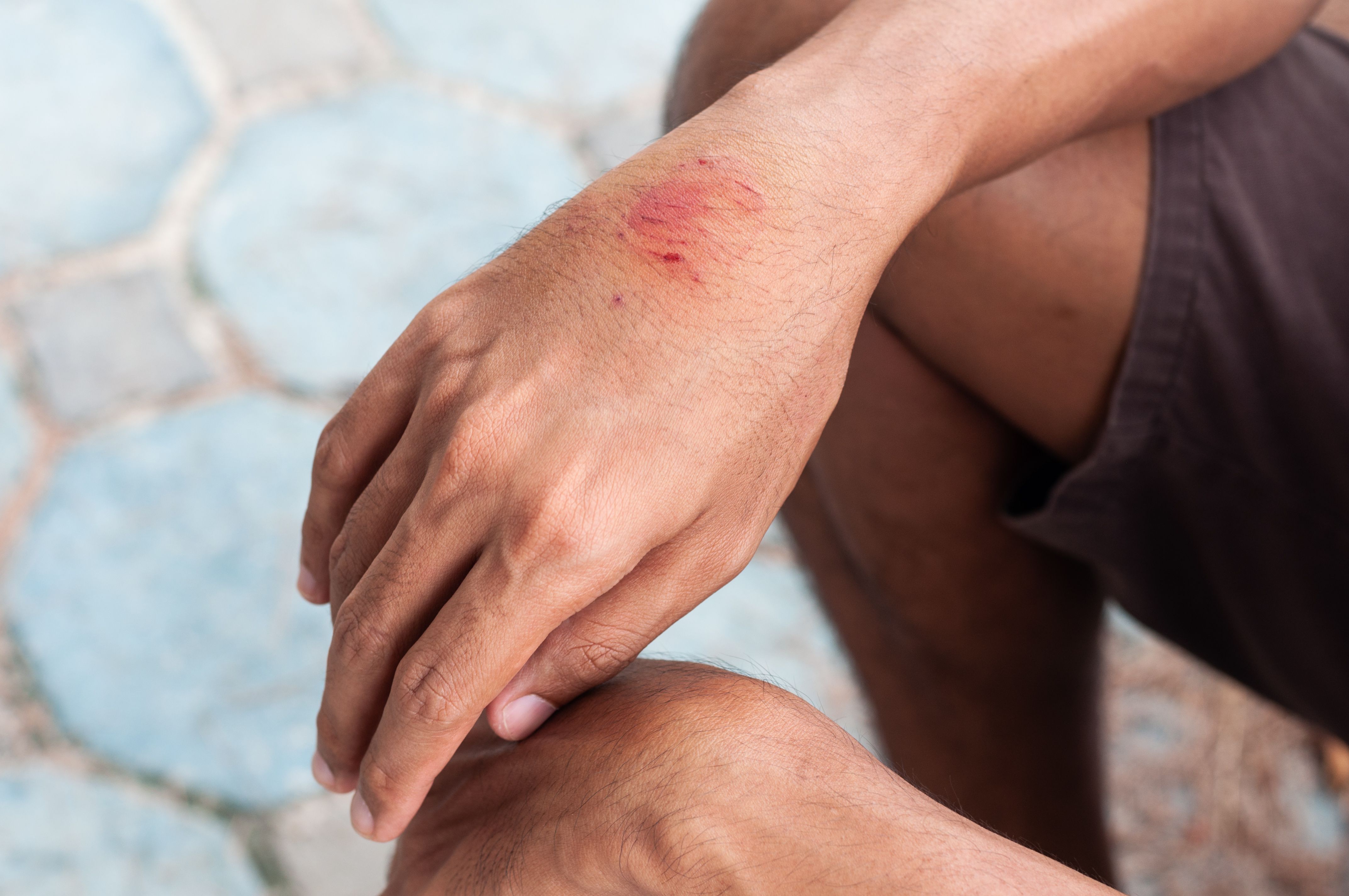Assessing Rabies Risk: Determining the Necessity of Postexposure Prophylaxis
This model proposes a risk threshold for recommending rabies postexposure prophylaxis (PEP), potentially reducing unnecessary treatments and associated costs.

With a mortality rate of nearly 100%, rabies is one of the world’s deadliest diseases.
Like most countries, rabies is endemic in the United States, with most infections transmitted by wildlife species. Humans contract rabies by coming into direct contact with the saliva, brain, or nervous system of an infected animal, enabling the virus to enter the body via broken skin or mucous membranes.
The best way to prevent rabies is to avoid animal bites. However, bites from pets and wildlife are a common cause of injury in the US, requiring physicians to make timely decisions about whether to administer postexposure prophylaxis (PEP).
Rabies PEP for immunocompetent and previously unvaccinated persons consists of 4 doses of rabies vaccine and 1 dose of immune globulin, administered over a 2-week period. If administered before symptom onset, PEP is highly effective at preventing rabies.
In the US, PEP is often administered without a comprehensive rabies risk assessment. For low-risk rabies exposures, this means patients may incur unnecessary PEP adverse events and out-of-pocket expenses. One study, published in JAMA Network Open, sought to determine whether a quantitative rabies risk assessment model could help inform public health professionals’ recommendations for rabies PEP.
The decision analytical modelling study estimated the probability that an animal would test positive for rabies virus given that a person was exposed, and the probability that a person would die from rabies given that they were exposed to a suspect rabid animal and did not receive PEP. From these 2 probabilities and a survey of public health officials, the model proposed a risk threshold for recommending PEP.
The investigators obtained 935881 animal samples reported to the National Rabies Surveillance System between 2011-2020. The animal samples were classified into 23 mutually exclusive risk groups for rabies according to existing guidance, taxonomy, diet (herbivore vs omnivore), and geographic origin (native vs nonnative wild).
The investigators calculated positivity rates for each animal category as the number of samples that tested positive divided by the total number of samples with a conclusive test result. According to data availability and epidemiological relevance, the study used jurisdiction-specific positivity rates for some animal categories and pooled estimates for others.
A survey was conducted among state and local public health officials who routinely conduct qualitative rabies risk assessments for PEP recommendation. The respondents were asked whether they would recommend PEP across 24 standardized suspect rabies exposure scenarios, while accounting for local rabies epidemiology. From the survey results, the investigators identified a universal “risk threshold” for PEP recommendation.
A total of 1728 unique observations were modeled for the probability that an animal would test positive for rabies given that a person was exposed, and 41472 for the probability that a person would die from rabies given that they were exposed to a suspect rabid animal and did not receive PEP.
“The median probability that an animal would test positive for RABV given that a person was exposed ranged from 3 × 10−7 to 0.97,” wrote the study authors, “while the probability that a person would die from rabies given that they were exposed to a suspect rabid animal and did not receive PEP ranged from 1 × 10−10 to 0.55.”
The target sample size of public health officials was 102, but only 50 responded to the survey. Using logistic regression, the investigators estimated a risk threshold of 0.0004, meaning PEP should not be recommended for exposures below this threshold.
This model is likely the first national tool to account for geographic differences in the rabies risk associated with animal exposures. This study has the potential to prevent unnecessary expenditures and adverse events for exposed low-risk patients and prioritize rabies PEP delivery in the US.
